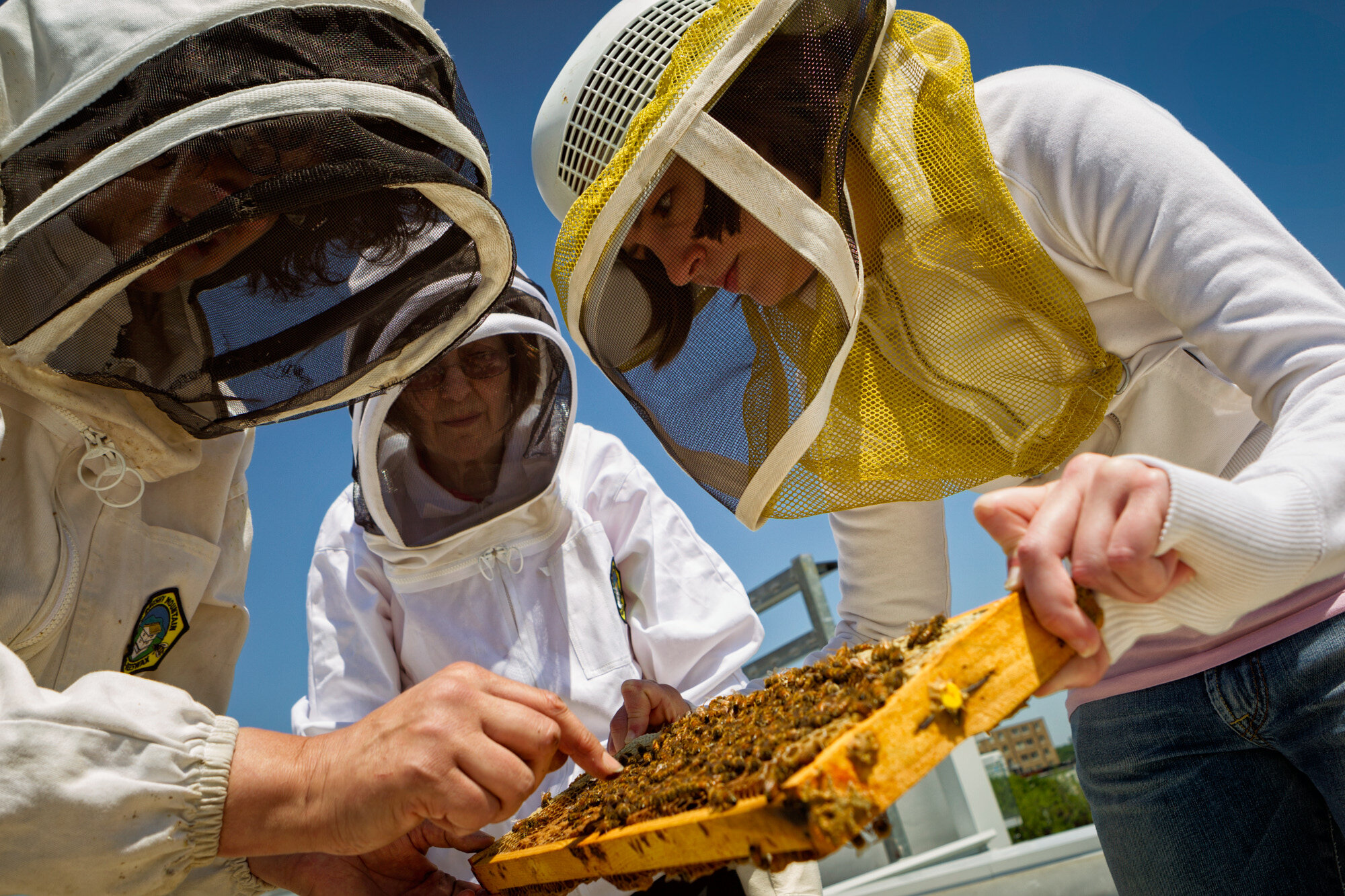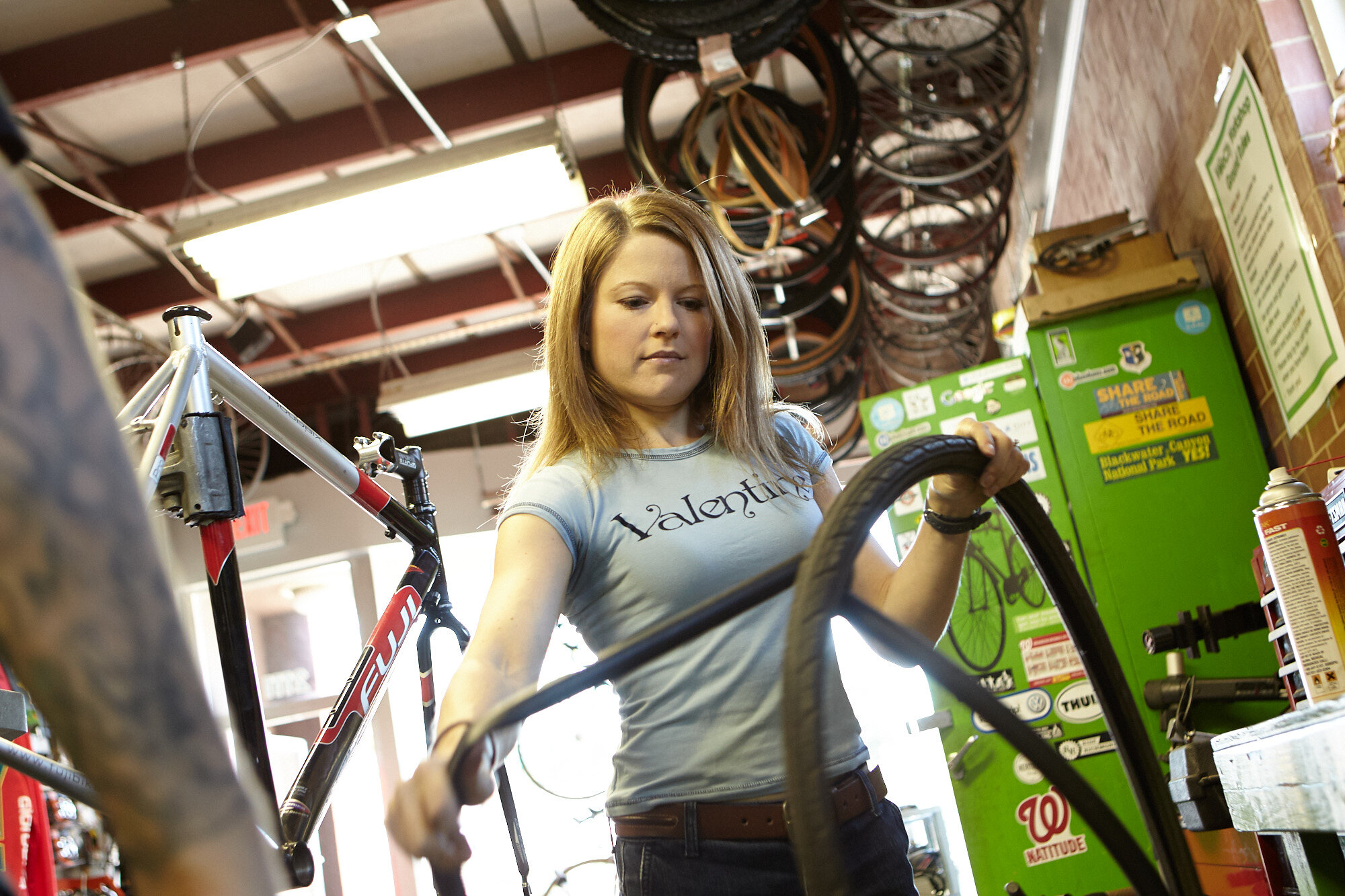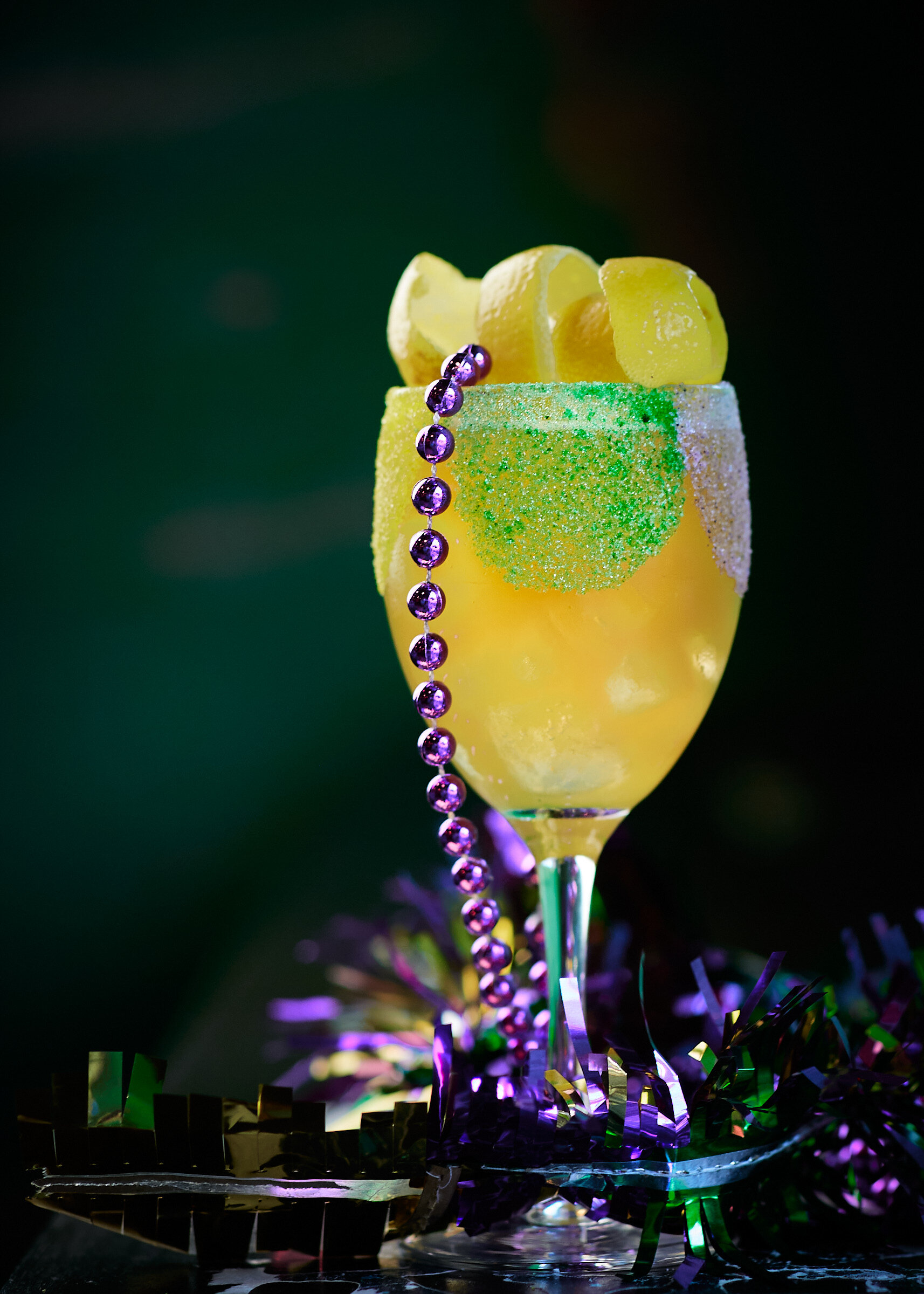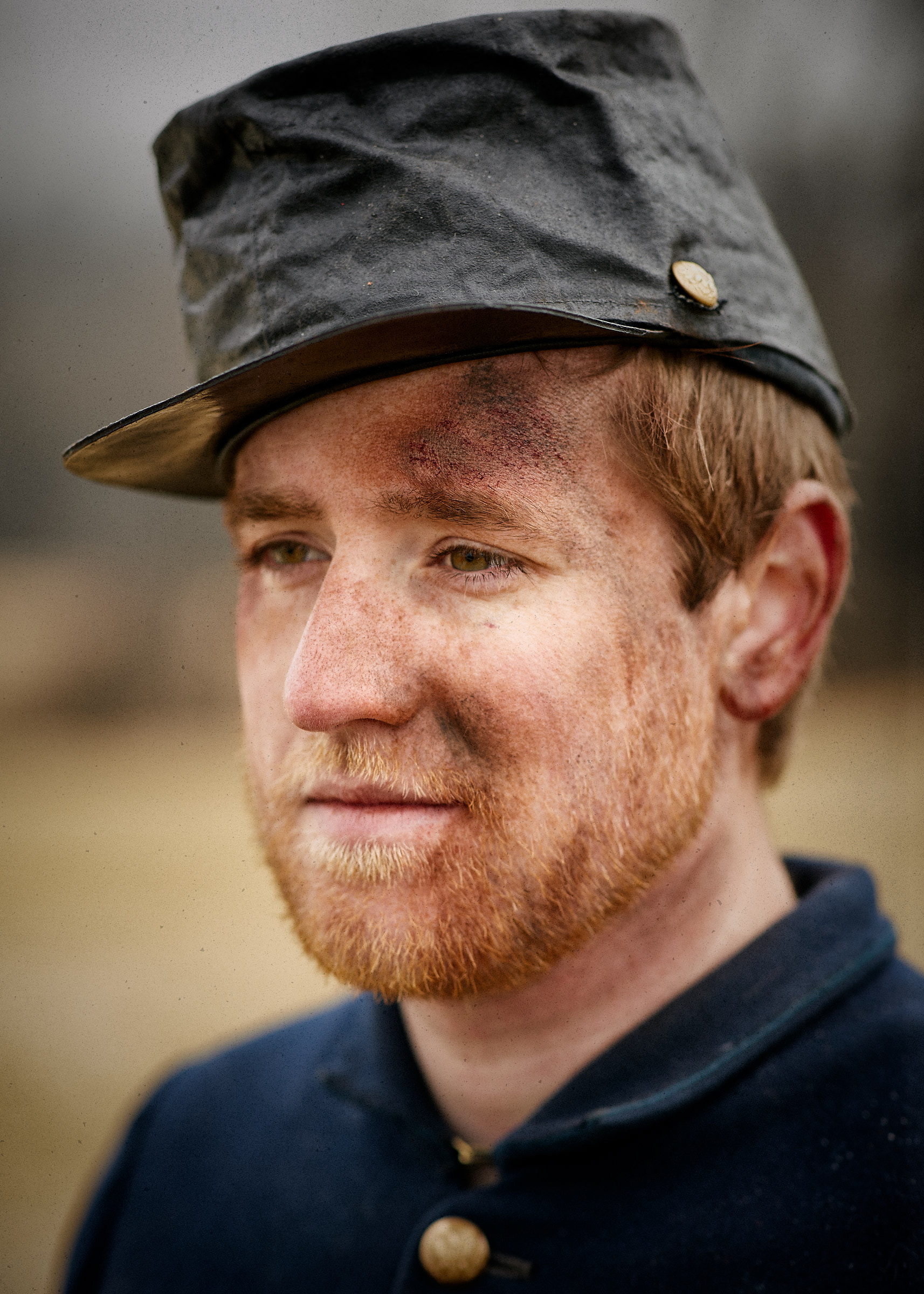The Learn Project, 10 Years On...
I looked at my calendar the other day and realized it had been 10 years (!) since I began The Learn Project, a personal series that followed adults learn how to do unusual things.
When I moved to D.C. in 2010, I realized I needed to shake-up my portfolio. I had been working squarely in the corporate and PR space, but I wanted to something a bit more… adventurous. People recommended that I start to make pictures about my passions and hobbies.
That’s when it hit me. I. Had. No. Hobbies. (sigh.)
A few days later, I was sitting in traffic on the corner of Connecticut Ave and K Street when I saw a crane raising a load of i-beams up to a building. I remember thinking, “how in the hell did they learn to do that???!?” And just like that, The Learn Project was born. (The answer, by the way, is the aptly named, “The Crane School.”)
I’ve always considered myself a “101” kid–you know, those survey courses in college that are largely the domain of those who haven’t declared a major yet. Truth be told, I like knowing a little bit about everything, so immersing myself in a project that was as wide as an ocean and as deep as a kiddie pool seemed just about right. It was really a celebration of experiential education, and those teachers, professional and otherwise, who share their knowledge with others. Growing up on a college campus, the son of two college professors, it seemed like I had come full circle in a way.
The outline of the project, which I developed over the course of several beers at the late, great, Science Club , was simple:
The subjects all needed to be adults
The learning had to occur in person but not at a desk
It had to be unusual.
I’ve always said that the best thing about traveling is that wherever you go, you can see different horizons. Once you’ve been somewhere different, the logical conclusion is that there must be somewhere else out there, just beyond the ridge Being somewhere makes it very evident that there’s always somewhere new. Similarly, once I began shooting TLP, it added a whole new dimension to which I would look at everything. Life shifted from just being “hey, look at that sword swallower!” to, “Holy shit, how did she learn to do that without slicing off her own head?!?!?”
Getting past the what and noodling around in the how, inevitably leads to the why, makes life much more rich. This is, I realized, led me to really understand why I wanted to be a photographer in the first place. The ability to put myself into someone else’s boots for a moment and to see the world from that perspective, and then step out of those shoes a better person, in addictive.
For various reasons I quietly put the project to bed after a few years. I’m revisiting the concept from a slightly different angle, which I’ll be sharing soon. In the meantime, here’s a celebration of unusual education, and especially the humans–teachers–who spread knowledge, arcane and otherwise–to the rest of us. These are the beekeepers, the survivalists, the makers, the doers. Those that perform in the literal spotlight and those who work quietly in the odd hours of the night. Some learn for learning sake, others for well-being, and others to make ends meet. Each student has their own reasons and philosophies, and I’ve enjoyed meeting every one.
COVID and Kids
I’ve been trying to stay away from the “C” word lately. It’s burnout I guess. It’s not that I’m in denial, but I’ve been spending the last few months focusing on making myself a better photographer: learning new skills, re-working some edits and selections, and generally thinking forward.
I was reminded this past weekend that this… thing… is having many different effects on people, physically and emotionally, and that we’re just beginning to wrap our heads around. Our oldest, who feels all the big feels, showed us a few drawings he did in his sketchbook that illustrate what the COVID monster looks like to him in his nightmares. His COVID monster is made of paper. In his nightmare he watches all of the COVID-related warnings, placards, signs, etc. physically come together to form a horrible creature that laughs at him and get inside of him.
I can’t begin to express how proud I am of him for being able to express these fears on paper, and also for feeling comfortable enough to show us and start the conversation. I debated asking him if I could make a portrait of him with his drawing and then showing it to the world. It’s almost too personal, and the attention makes him uncomfortable. In the end I did ask and for once he readily agreed. He wants to talk about it. He needs to get these feelings out. His mom and I talked to him about how it’s good for kids to be able to make pictures to show and take control of worries and other feelings. Later, as we were making these photos, he told me, “maybe other kids can draw monsters too.”
The Covid Monster
So that’s it. That’s the post. If you have kids, pay attention to their art. Talk to them about it. Ask questions. Let them drive the conversation.
This is the inside of the COVID monster. The square in the center is COVID’s brain. He’s using some of the same language that he’s learned from some coding apps he’s playing with. You can see “Botley”, his little robot on camera right.
The Designated Drinker
In the fall of 2019 my friend, Louise Salas (aka “THE Louise Salas”) approached me about joining her start-up. The hustle, Missing Link, is a podcast media company that leverages the 50+ years of advertising and production experience that she and co-founder, Hal Schild, bring to the table. (This is truly amazing because Louise is like, maybe 22 years old.)
I’ve been doing quite a bit of shooting for one of the shows, the Designated Drinker Show, a podcast that Lou co-hosts with local DC bartending legend, Gina Chersevani. (Aka “THAT Gina Chersevani”.) I never been much of a day drinker and am more lager than liquor***, but when the first cocktail is shaken at 10 am and the lights are set, duty calls.
Most of these images made at Gina’s bar, The Last Call, in Washington, D.C. Because of the packed shooting days, I usually have less than 10 minutes with the talent, be it liquid or human. Luckily, being tasked to photograph beautiful drinks and drinkers make the job easy and enjoyable.
Check out the podcast and I promise you’ll never want to settle for a rum and Coke again.
*** (this is a total lie–I’m an IPA guy–but I love me a little alliteration.)
My weekend in the Civil War
A few weekends ago I was helping out on a video shoot that would play at the upcoming American Advertising Federation D.C. chapter’s Addys Awards gala. No spoilers here, but the video tells the story of one brave lady’s journey through a Civil War reenactment. During some down time I had the opportunity to make some images of the re-enactors. I was incredibly impressed with their attention to detail, ability to take direction and do the little things to make the scene better, and their overall joy with what they were doing. If you ever find yourself with the need for Civil War or just period actors, talk to Guy over at Old Timey Casting.
Shooting Notes: The conditions on shoot were all over the place. We started with snow on the ground and uniform cloud cover. Over the course of the day, the snow melted, the sun came and went (and came and went some more), and the wind picked up. The only consistent element was that it was chilly! All images were made with either a Canon 5Dmk3 or 5Dmk4, and the Sigma 35mm ART, Canon 85 f1.4L IS, or the Canon 24-70 f2.8L. Some of the portraits benefited from a Profoto A1 shot through an umbrella. I had dreams of using the B1’s with a bigger modifier but the weather conditions were uncertain enough that I didn’t want to risk it without an assistant. All of these images were imported into CaptureOne Pro and “mussed up” in Nik Analog Efex Pro 2. If any of these make it to my portfolio they will likely get further worked in Photoshop.
Search Posts
I try to keep this blog up to date and relevant, but if you just want to see more pictures, follow me on instagram, link below.





![close up of bees at the Columbia Heights Communicity Center rooftop hive. [image ©Matthew Rakola]](https://images.squarespace-cdn.com/content/v1/5810b797414fb5635ec17858/1620245740273-0CNC38WNVH5EQWKMMVYM/11-131-254-2.jpg)
































































